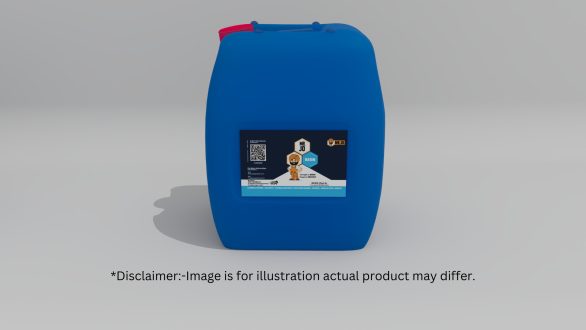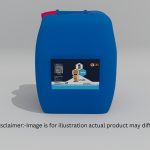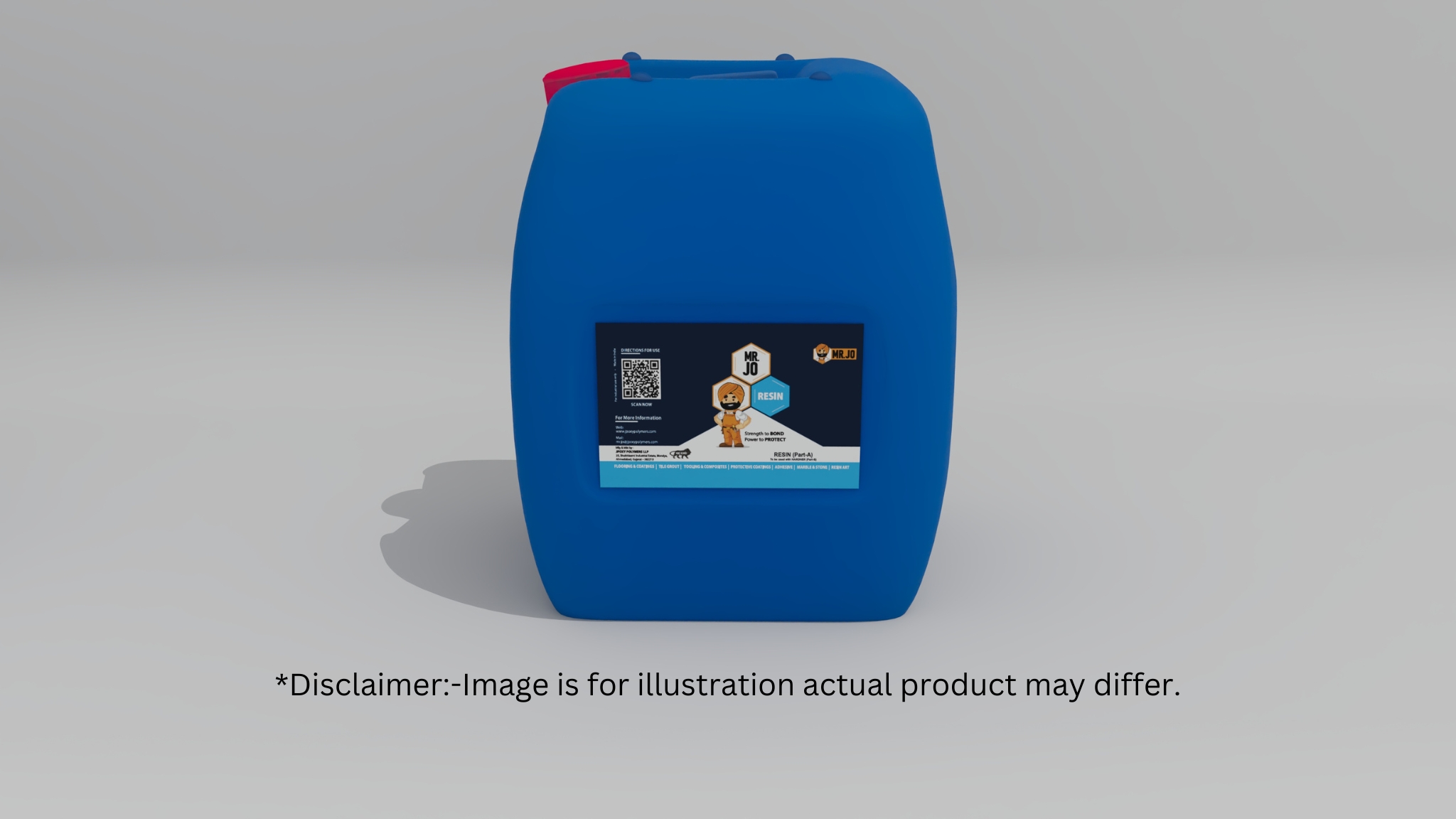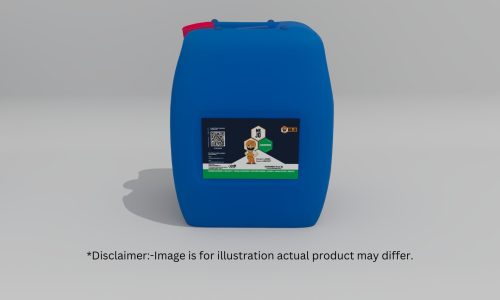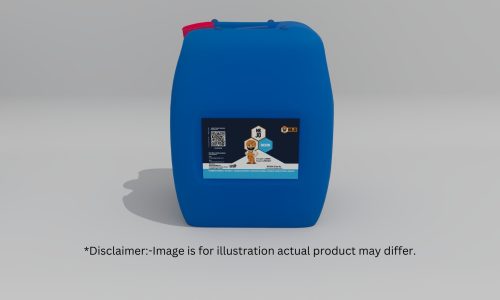JPOXY JX 7012
₹8,019.00 – ₹19,246.00 Inclusive of all taxes
Di functional Aliphatic reactive diluent
- Description
- Properties
- Applications
- Features
- Technical Data Sheet(TDS)
- FAQs
Description
JPOXY JX 7012 is a thin, clear liquid based on butane diol. You can use it in epoxy coatings, adhesives, and filament winding. It spreads easily and helps the mix stay smooth. As a result, it gives strong, clean surfaces. In addition, it works well in both light and heavy-duty epoxy systems.
- EEW [g/eq] : 130-150
- Viscosity [mPa s] @ 25˚C : 12-25
- Color [Gardner] : ≤17
- Density @ 25˚C [g/cc] : 1.05 – 1.12
- Improved toughness
- Retention of chemical resistance
- Moderate dilution efficiency
- Di functional Aliphatic reactive diluent
- 1-4 Butanediol
A1. It is a di-functional aliphatic reactive diluent used to improve toughness, flow, and flexibility of epoxy formulations. It’s ideal for coatings, adhesives, and filament winding systems.
Q2. How is it different from mono-functional diluents?A2. Di-functional diluents like JX 7012 have two reactive sites, allowing them to become a part of the epoxy network more fully. This enhances mechanical strength and toughness compared to mono-functional types, which primarily reduce viscosity.
Q3. Does it reduce viscosity?A3. Yes, but moderately. It has lower dilution efficiency than mono-functional diluents (like JX 7002), but compensates with better flexibility and crosslink density.
Q4. Is it compatible with all epoxy systems?A4. Yes, it blends well with Bisphenol-A/F epoxy resins and a wide range of amine and anhydride hardeners.
Q5. Will it affect curing time?A5. Minimal impact. Since it's reactive, it does not evaporate like solvents, and participates in the cure reaction, preserving system integrity.
Q6. What are the key benefits of JX 7012?A6.
- Improved toughness and flexibility
- Retains chemical resistance of cured systems
- Excellent for structural adhesives and high-performance coatings
A7. Yes, especially where mechanical durability and resistance to cracking are required—e.g., composites, tools, and structural bonding.

